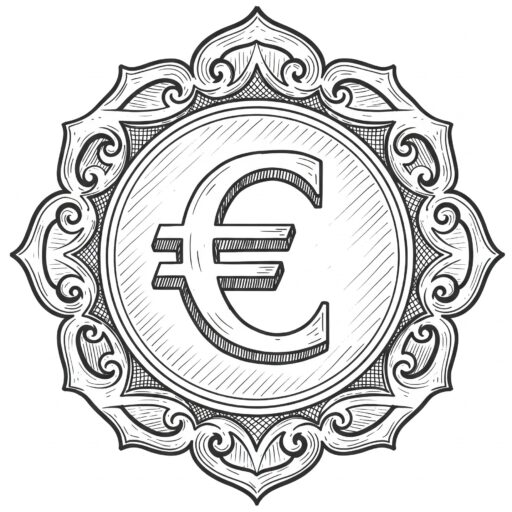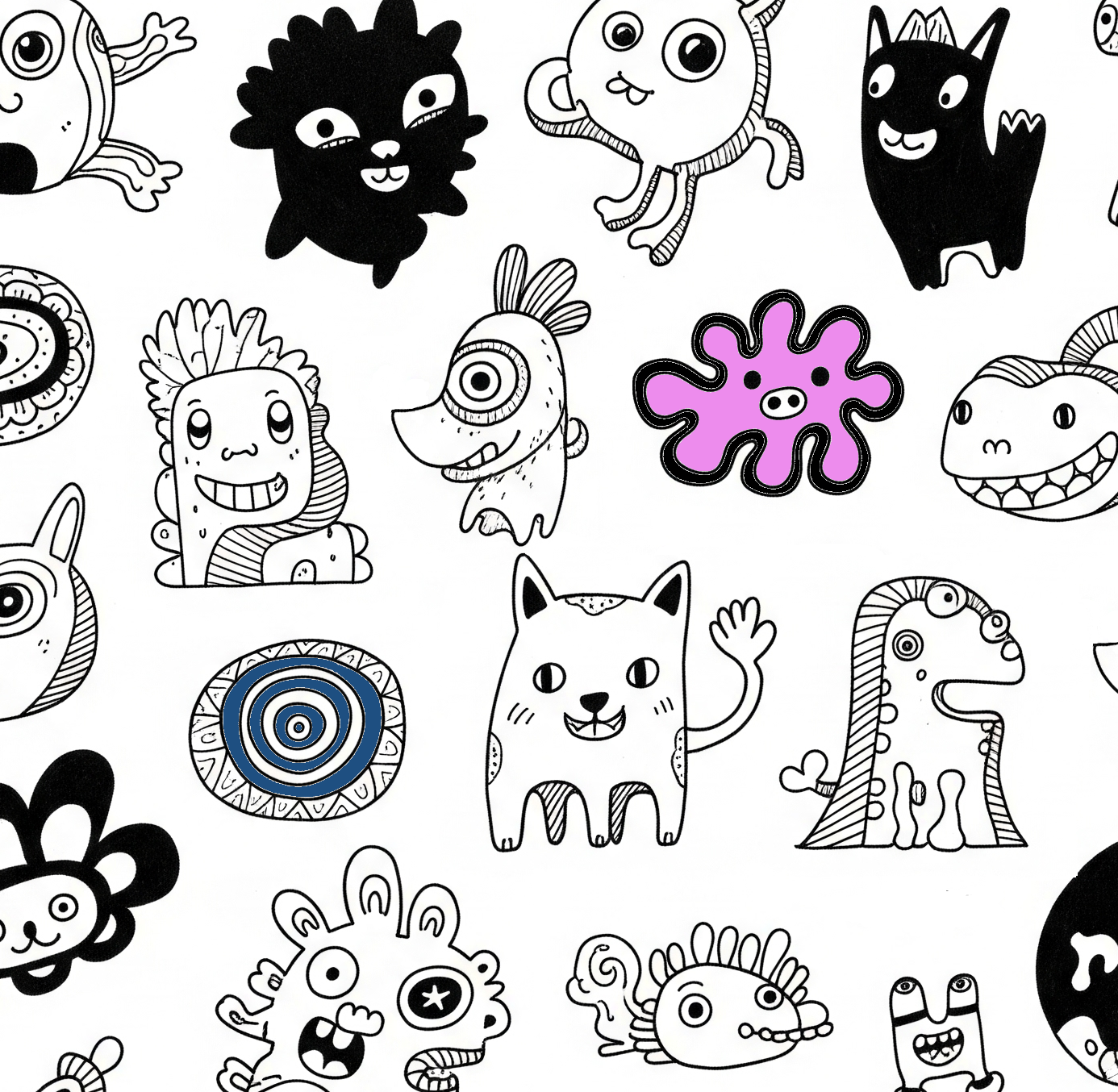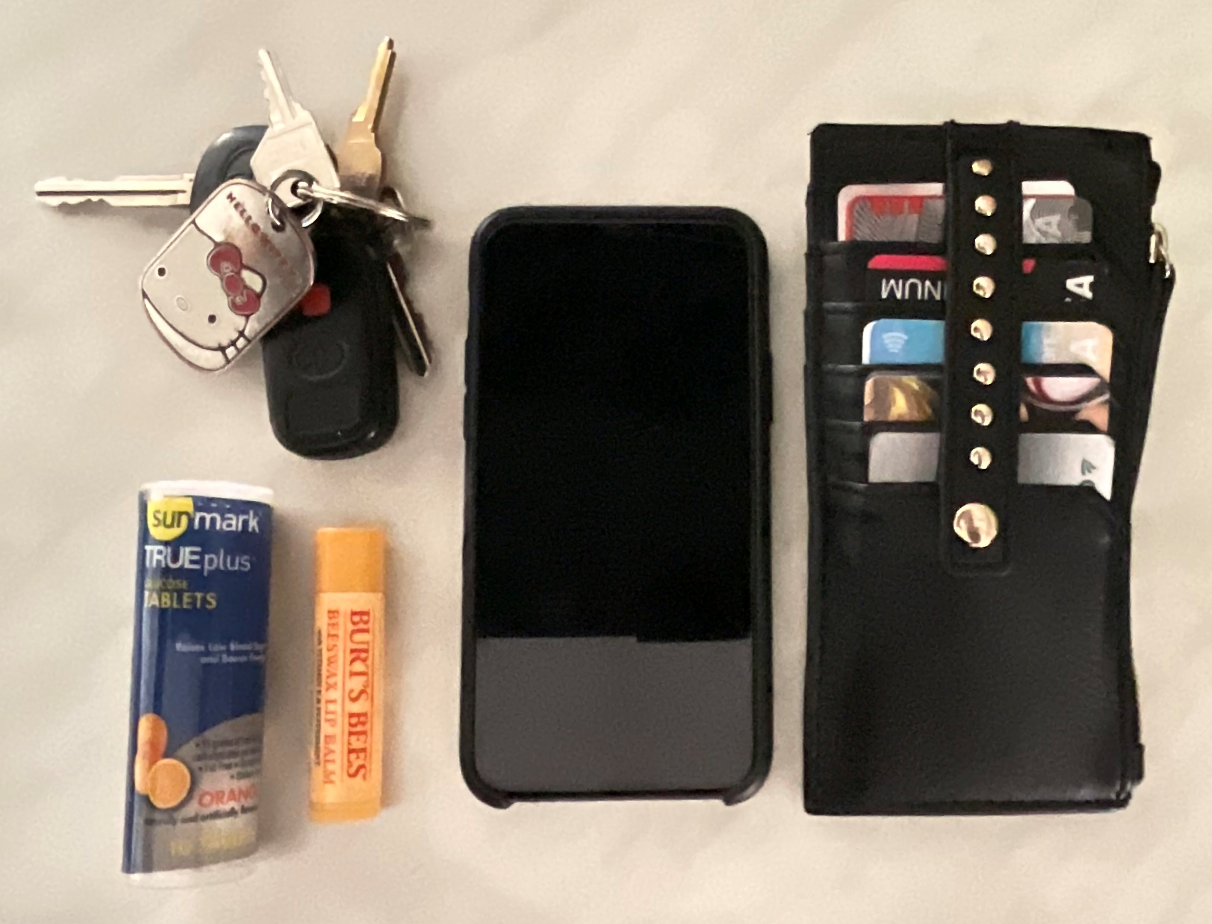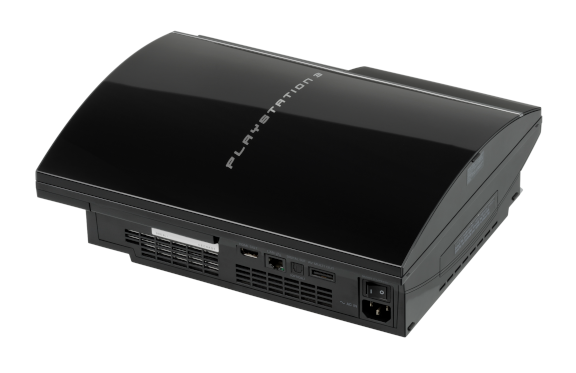I use a felt tip pen for 90% of my writing and drawing. I love the smooth flow of ink on the page, the intensity of the black, the variability of the tip size resulting in wider or narrower lines, and the vibrancy of the colors.
Choosing the right felt tip marker pen
Choosing the right felt tip pen can be challenging and may require trial and error due to variations in size of the felt tip, the type of ink (whether it’s too runny, or fades), and the feel of the pen in your hand.
Felt tip pens must have the following characteristics to make it into my regular rotation:
- Pen balance and feel: The pen must fit my hand well, not slip around, and be comfortable to hold
- Smooth stroke, non-fraying tip: The felt tip doesn’t catch or stutter while moving across paper, and it doesn’t fray with pressure over time
- No noticeable bleed: Bleed usually happens at the start and stop of a line when the felt tip sits on the same spot on the page for a fraction of a second longer. All felt tip pens will bleed if you rest the tip on the page for an extended period of time
- Water resistant, archival ink: the ink should hold up to minor accidents without washing out (the ink should be as water resistant as the paper I’m writing on), and it shouldn’t fade over time or when exposed to light
- Water based ink that is ACMI AP certified nontoxic: I don’t want to breathe in noxious chemicals if I can help it. The ink and materials should be certified by the Art and Creative Materials Institute to be nontoxic and safe for daily use by kids and adults
- Variable tip sizes: specifically .4mm (fine), and .7mm (medium) options
When all of the above conditions are met, I will likely choose the pen that’s the best price or on sale. Following are my favorites:
Best felt tip marker pens for daily writing and drawing
3rd Place: Paper Mate Flair
I have a soft spot for Paper Mate Flair pens because they were popular when I was a kid, and they come in a huge variety of vivid colors. This pen has fade resistant ink, but is not archival quality, so it’s not a pen I would use for inking artwork, but I would use it to draw on my canvas shoes or jeans, to color a handmade card, for general doodling, or taking color-coded notes.
This is not my daily go-to for writing because they tend to be slippery, and the cap will slip off occasionally when using it. And, the tip sizing is confusing when compared to other pens. The .7mm tip is called “Fine” and the .4mm tip is called “Ultra Fine.” Despite its design drawbacks I always have a variety of Flair colors in my pen cup just in case!
2nd Place Tie: Zebra Clickart and Sakura Pigma Micron
Normally, these two pens would not be compared with one another because they have very different intended uses. But, I use all of these pens for art and daily writing, so here we are!
The Zebra Clickart pens are more competitive with the Flair pens for doodling and delivering vibrant colors. They’re only available in .6mm size (between “medium” and “fine”), but the tip can deliver a lighter or heavier stroke depending on how much pressure you apply. The great thing about these pens is that they’re so clicky! If you like clicky pens, or you live in a neurodivergent household, these are a definite win. They also have four small divots where you hold the pen which provides improved grip without being distracting, and they’re very comfortable to hold.
The Sakura Pigma Micron is a serious artist pen and intended for that purpose, but they are great for daily writing too. These pens used to be relegated to art only for me due to price, but the price point is becoming less of an issue as all of these manufacturers attempt to enter each other’s markets. The Micron is available in the widest variety of tip sizes (.2mm – .7mm) due to its intended use as an artist pen, but they have their own sizing schema, so be sure to double check the sizes before you purchase! The only drawback is the small size of the pen shaft which can result in hand cramping if used for long periods of time.
1st Place: Sharpie Felt Tip Pen
The Sharpie Pen can do it all! The body is made of a plastic material that is smooth looking, but provides great grip, it’s comfortable to hold, and the cap fits snugly on the back of the pen when using it. The felt tip is designed like a serious art pen (similar to the Sakura Micron) and minimizes smear and mistakes. This is also the quietest pen. I use my Sharpie pen for everything!




